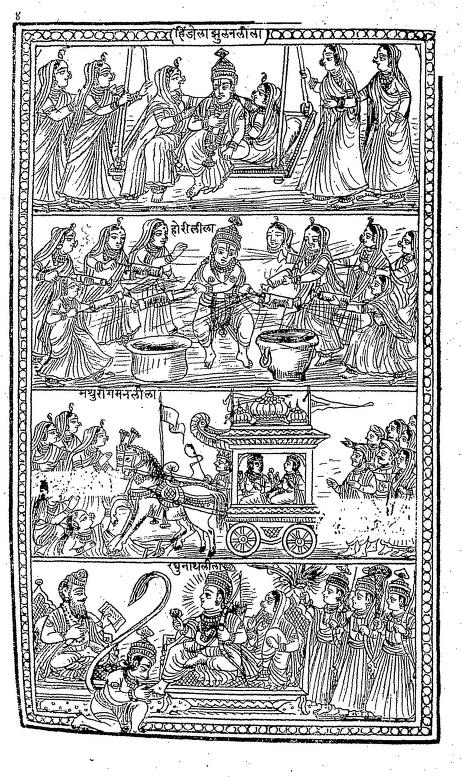
You have love and compassion for everyone and everything. Thus, Vaikunta is not a place, but a state of the mind where you realise God’s presence everywhere a state of mind where you do not have jealousies, anger, greed and other negative forces. But in reality, through continuous spiritual practice and guided by a guru, one can reach Vaikunta – a state of supreme bliss. Some say the Vaikunta is the place where the Supreme resides.

But only a Guru can take a true disciple to the Supreme, or Vaikunta – the abode of the Supreme. Interpretation: Propitiating the Devas and elements of nature through yagnas can bring wealth and happiness. Translation: Devas are capable of giving wealth and happiness through Chintamani, but a Guru is capable of taking his disciple to Vaikunta, a place where even yogis find it tough to go. Srimad Bhagavatam, Mahatmyam, Chapter One Sloka 7: Chintamaniyr. The reference to virtues and purity is a remnant of the rules followed by those who perform yagnas. This is what Shounaka is referring to as ‘Among all the virtues, which is the topmost, among purity which is most important’. The rishis felt that there is something higher that could bring them bliss. Moreover, in Kali Yuga, results of a yagna may not provide the desired results or mental satisfaction. Shaunaka and the rishis in Nimeshe probably realised that yagna and pleasing the elements of nature did not give them the mental satisfaction that they were looking for. Interpretation: This is for the first time that the name of Sri Krishna figures in the conversation. Translation: Among all the virtues, which is the topmost, among purity which is the most important, what is the path that leads to Krishna? Please tell me.


Srimad Bhagavatam, Mahatmyam, Chapter One Sloka 6: Shreysam el bhave.


 0 kommentar(er)
0 kommentar(er)
